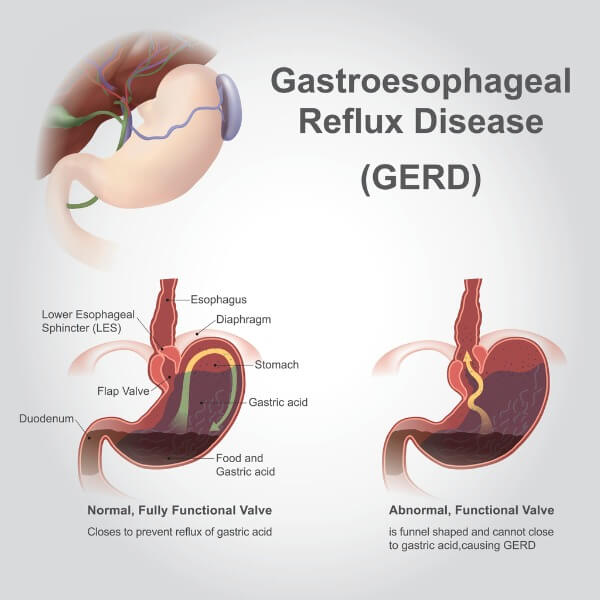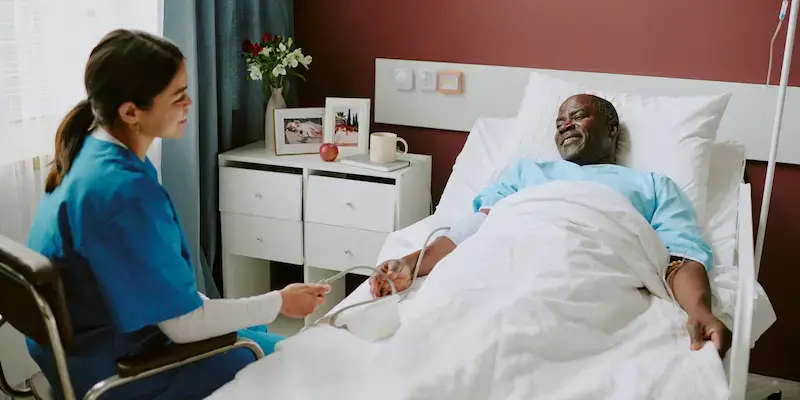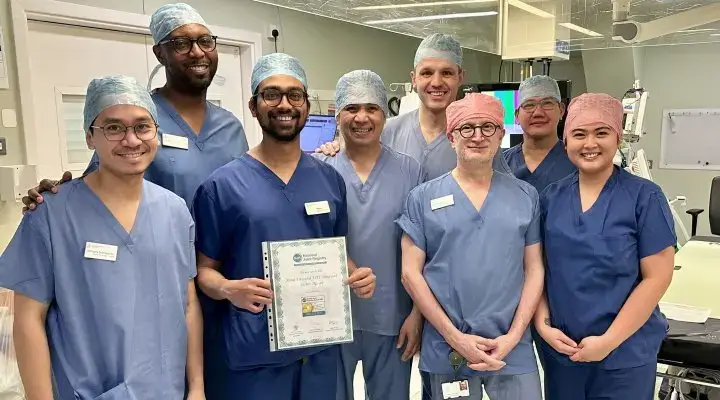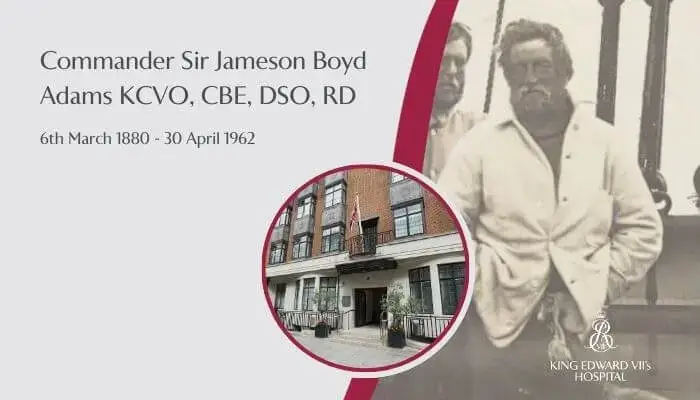Health Hub
What causes acid reflux and how can it be treated?

Acid reflux is an incredibly common condition, often accompanied by heartburn, with heartburn estimated to affect 25% of adults in the UK. But what causes it, and if you have constant acid reflux, how can it be treated?
If you’re struggling with severe acid reflux which hasn’t been helped by medication, you may benefit from having a BRAVO pH test.
In this article, we speak to Consultant Gastroenterologist Professor Muntzer Mughal, who has a special interest in conditions affecting the oesophagus, including indigestion and acid reflux. Professor Mughal explains what acid reflux is, the causes of acid reflux and treatment options, including when a BRAVO pH test might be helpful to you.
What is acid reflux?
Acid reflux, also known as gastroesophageal reflux or GER, occurs when the contents of the stomach, including stomach acid, travel backwards and up into the oesophagus. The oesophagus is also known as the gullet and is the tube that links the throat to the stomach.
It can happen occasionally, or you may suffer regularly with acid reflux symptoms. If you experience acid reflux more than twice a week, you may have a condition called gastroesophageal reflux disease, or GERD.
Acid reflux most commonly causes heartburn, which feels like a burning sensation in the lower chest and sometimes the lower neck, usually after eating.
Acid reflux can also cause some, or all, of the following symptoms:
- A sour taste in the mouth
- Bad breath
- Bloating
- Nausea
- Difficulty swallowing food
- Regurgitation of food or liquids
- Hiccups that are difficult to get rid of
- Chest pain while lying down, sitting awkwardly or bending over
- Wheezing
- Coughing
- A hoarse voice
What causes acid reflux?

There are many reasons for acid reflux or gastroesophageal reflux disease. Most of the time, it’s caused when the tight, circular band of muscle called the lower oesophageal sphincter – which resides at the lower end of the oesophagus near the stomach – stops working properly.
This sphincter normally opens up when you swallow food to allow it to pass through to the stomach, and then closes again to prevent food and stomach acid travelling back up. When it’s not working properly, it becomes weak and stomach contents travel backwards, causing acid reflux symptoms.
Acid reflux is sometimes associated with a hiatus hernia, although most patients with reflux do not have a hiatus hernia. A hiatus hernia occurs when the upper part of the stomach slides up into the chest.
Acid reflux can be triggered or exacerbated by:
- Eating a large meal
- Eating excessively fatty or spicy foods
- Eating certain trigger foods such as citrus fruits, tomatoes, chocolate, mint, garlic or onions
- Eating close to bedtime
- Drinking coffee or alcohol
- Smoking
- Being overweight or obese
- Living a sedentary lifestyle
- Suffering with stress or anxiety
- Being pregnant
- Wearing clothes that fit tightly around the abdomen
- Taking certain medications that can interfere with the stomach, such as aspirin or ibuprofen
- Taking muscle relaxant or blood pressure medications
Acid reflux treatment

Sometimes, the symptoms of acid reflux can be improved by making some lifestyle changes. These include losing weight, wearing loose fitting clothing especially when you eat, stopping smoking, avoiding trigger foods and eating smaller portions of food.
Making sure you leave two to three hours after eating before going to bed. Raise the head end of your bed by 10 to 20 cm using wooden blocks, or sleep on several pillows, to prevent acid from travelling upwards against gravity when you’re lying down.
Over the counter medications to neutralise the acid that does come up can also help. These are called antacids and your pharmacist can advise which ones might be best for you.
If the antacids don’t work, your GP may be able to prescribe stronger medications called H-2 receptor blockers or proton pump inhibitors (PPIs). These reduce the amount of acid the stomach produces.
If your symptoms are still causing you discomfort after trying these measures and medications, your GP may suggest that you have a BRAVO pH test.
What is the BRAVO pH test?
The BRAVO pH test (also sometimes known as a wireless pH capsule test) measures the level of acid in your oesophagus as you carry out your normal daily duties, including eating and drinking.
It’s a diagnostic test, and doesn’t treat the symptoms of acid reflux, but it will give your specialist doctor a better idea of what’s causing your symptoms.
The BRAVO pH test is a minimally invasive procedure that takes around 20 minutes. A capsule is placed onto the lining of the oesophagus during an endoscopy. This capsule then measures acid levels.
It’s a new alternative to the traditional way of measuring acid production (which involves wearing a tube through the nose and into the oesophagus for 24 hours, connected to a measuring device worn on the waist).
What happens during a BRAVO pH test?
The BRAVO pH test is a quick procedure that shouldn’t be painful, although it may be slightly uncomfortable. You will need to fast for six hours prior to the test.
During the procedure, you’ll be asked to lay on your left-hand side while your consultant passes a long, thin tube called an endoscope into your mouth and down your throat into your oesophagus.
On the end of the endoscope is a small camera that will allow your consultant to see your oesophagus on a nearby screen. They will then attach a small capsule to the lining of your oesophagus.
The capsule will remain in place for 24 to 96 hours, continuously monitoring acid levels. You will be given a small device that will wirelessly record and store the data collected by the capsule. You need to make sure you have this device on you at all times during the testing period. It will be small enough to attach to your waistband or belt.
You also have to record everything that you eat and drink during this time, and any symptoms you experience, in a special diary.
Depending on your circumstances, you may need to be sedated for the procedure. If you are, you will need someone to accompany you home. Either way, you will normally be allowed to return home the same day.
The capsule will naturally detach from the oesophagus after a few days and it will pass unnoticed through your digestive system. It can then be flushed away after it leaves your body in your stool.
Finally, you return your recording device and food and symptom diary to your consultant, who arranges a follow-up appointment with you to discuss your results.
Possible outcomes and next steps
Depending on your personal circumstances and your results, your consultant creates a bespoke treatment plan.
For example, your consultant may be able to see a that certain foods trigger high acidity levels, by looking at your food diary, symptoms and results. Your symptoms are managed by avoiding these foods.
If your results come back normal, your consultant may arrange for further tests to be done. If your BRAVO pH test reveals that the pH in your oesophagus is very abnormal, it could mean that you have a condition such as oesophagitis or Barrett’s oesophagus. Further tests or treatments will be arranged.
More information
- If you suffer with acid reflux, speak to your GP about possible treatments and having a BRAVO pH test. (Don’t have a GP?)
- King Edward VII’s Gastroenterology Department is a fully equipped unit, staffed by experts with access to the most up to date tests and treatments, including the BRAVO pH test.
- Professor Muntzer Mughal is an expert in indigestion and acid reflux and can provide expert treatment, advice and guidance. Make an enquiry.
Article Sections
Latest Hospital News
Should you wish to speak to our press team, please visit Press Enquiries



